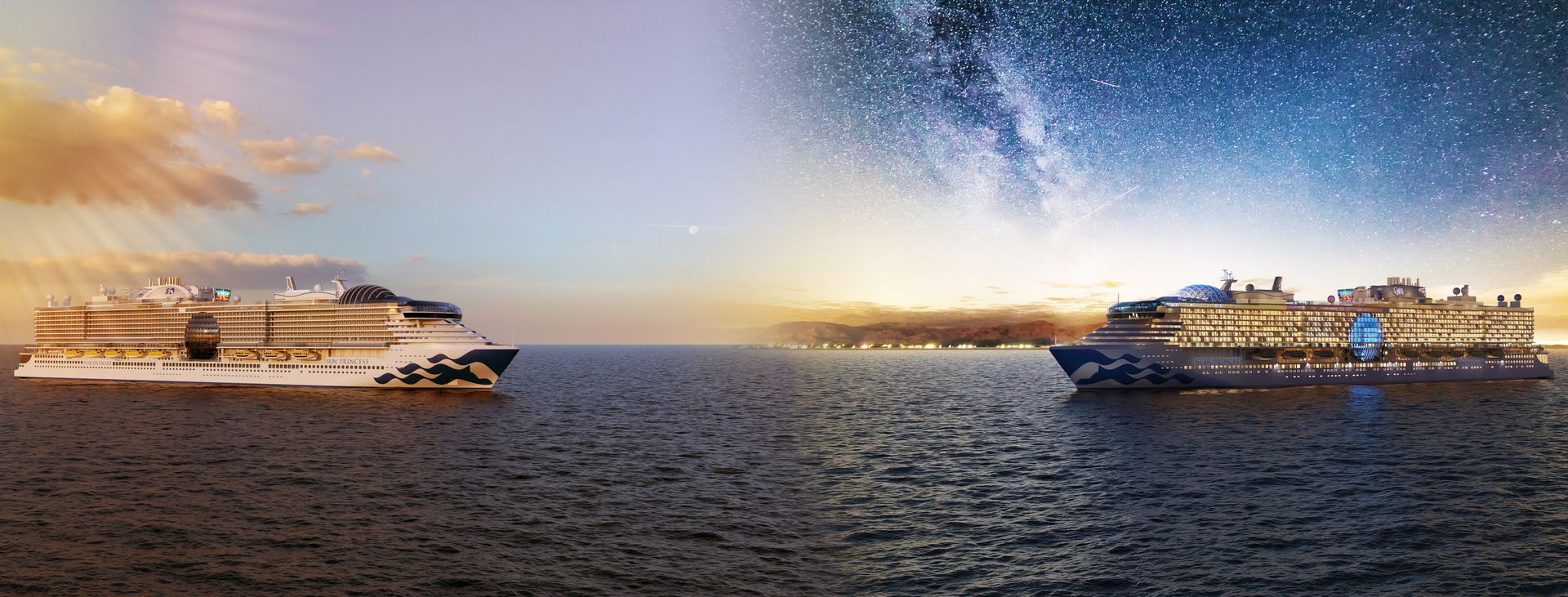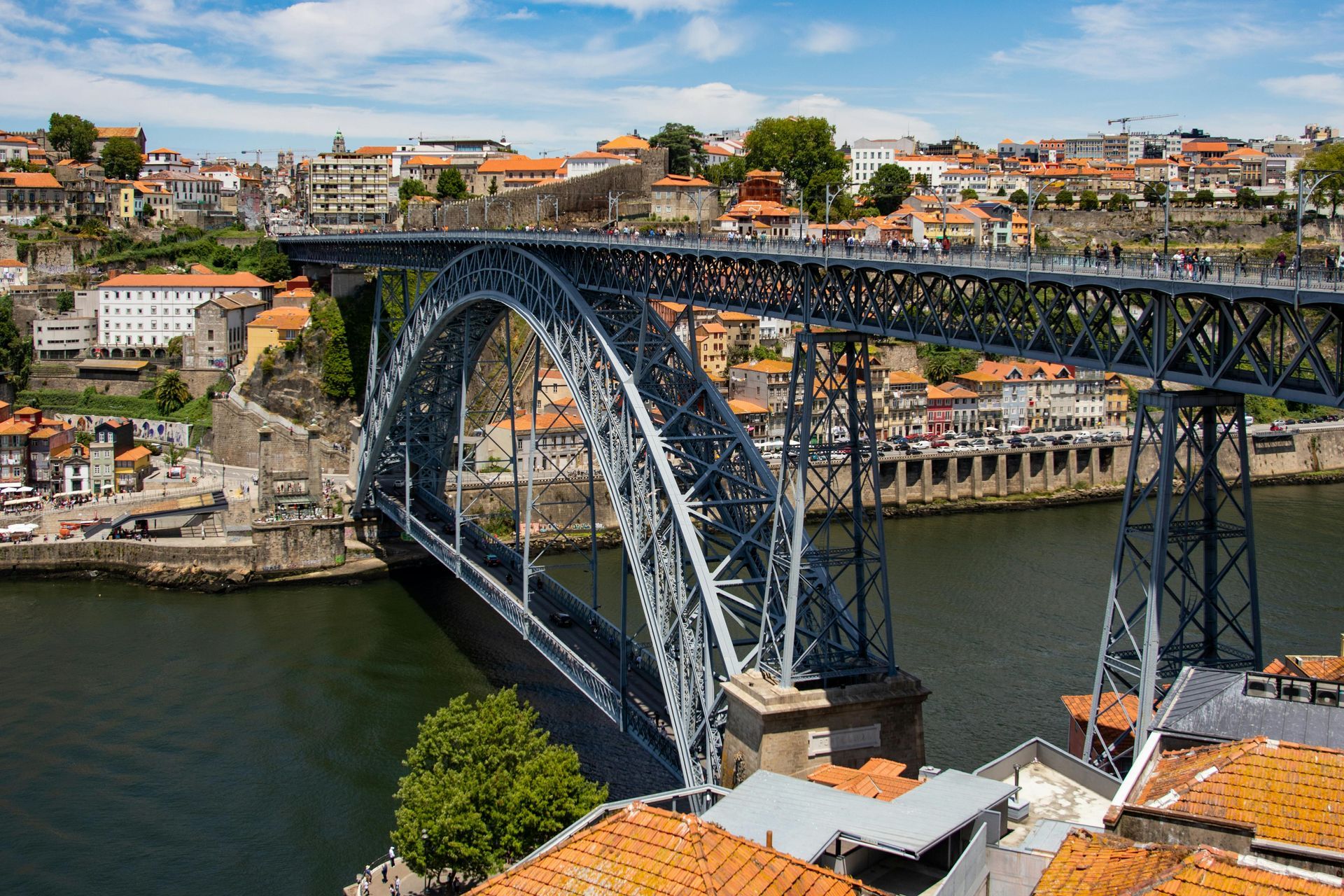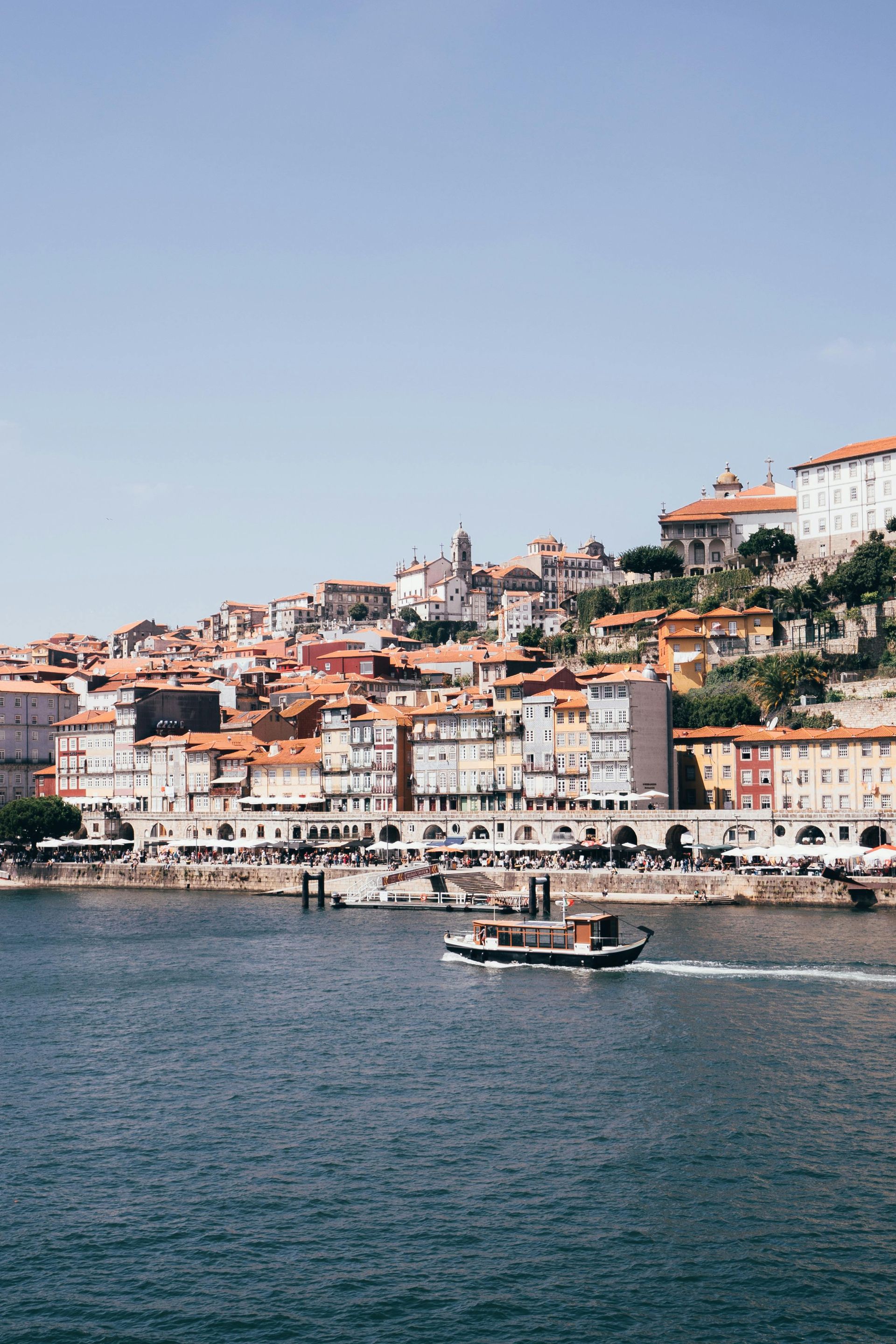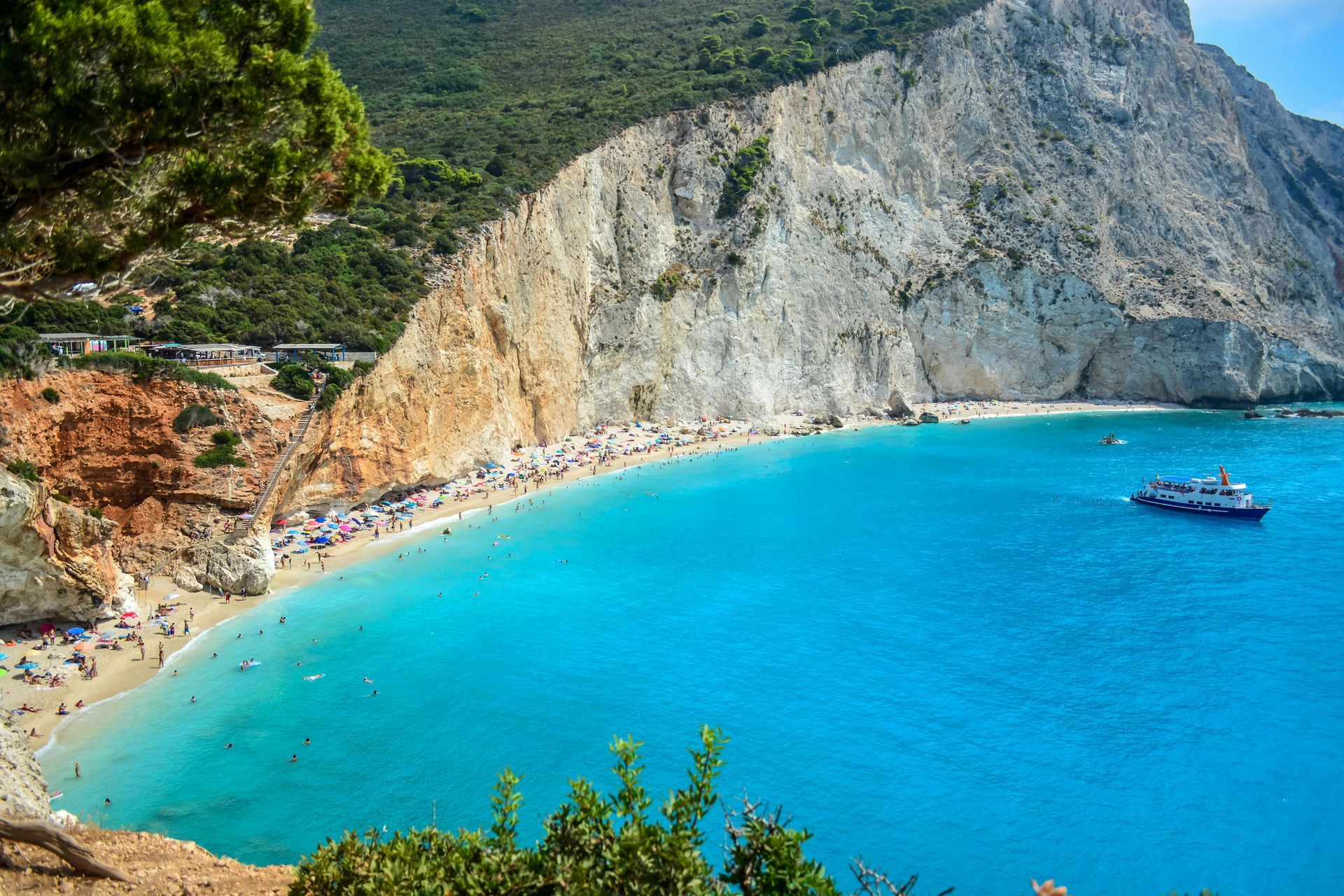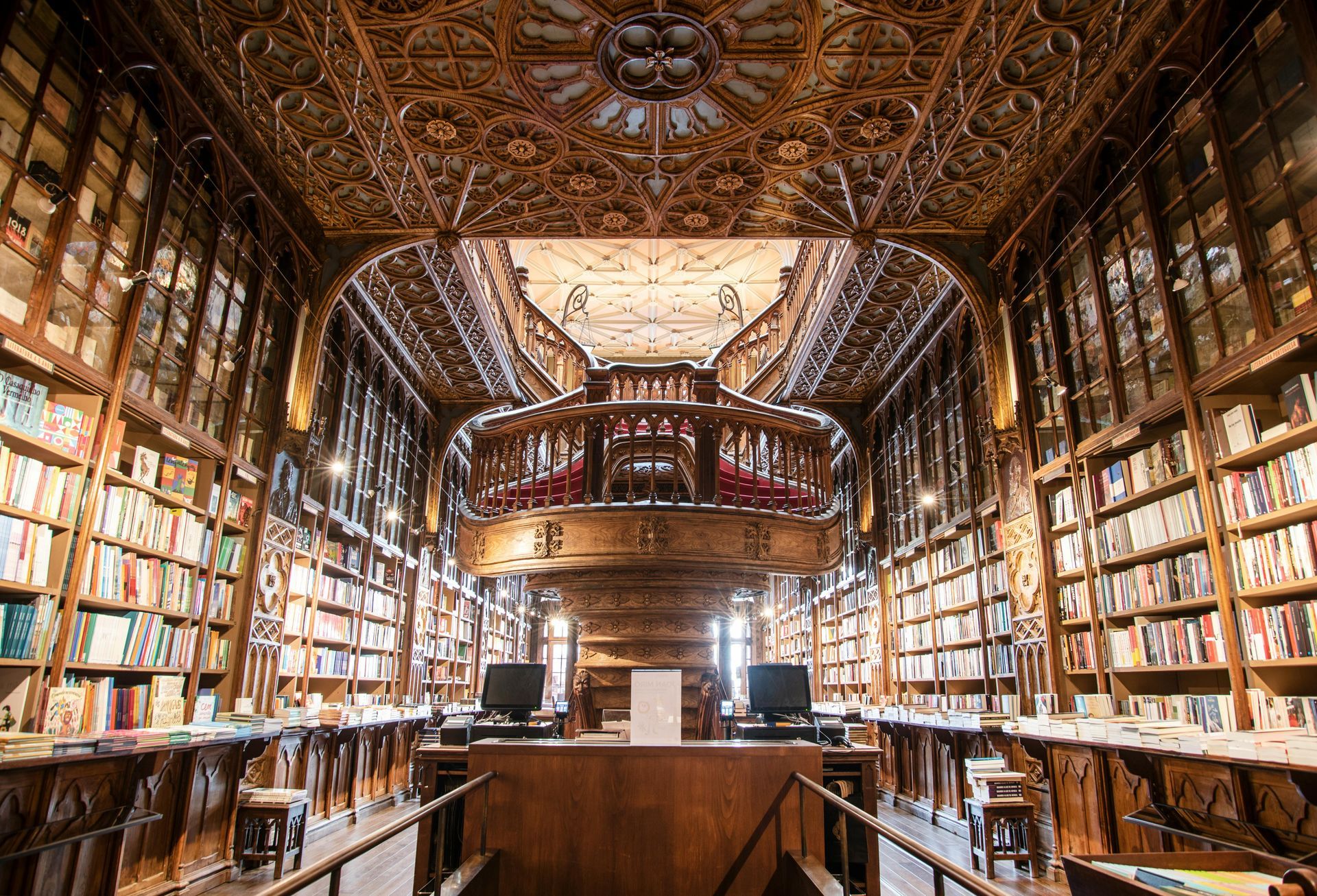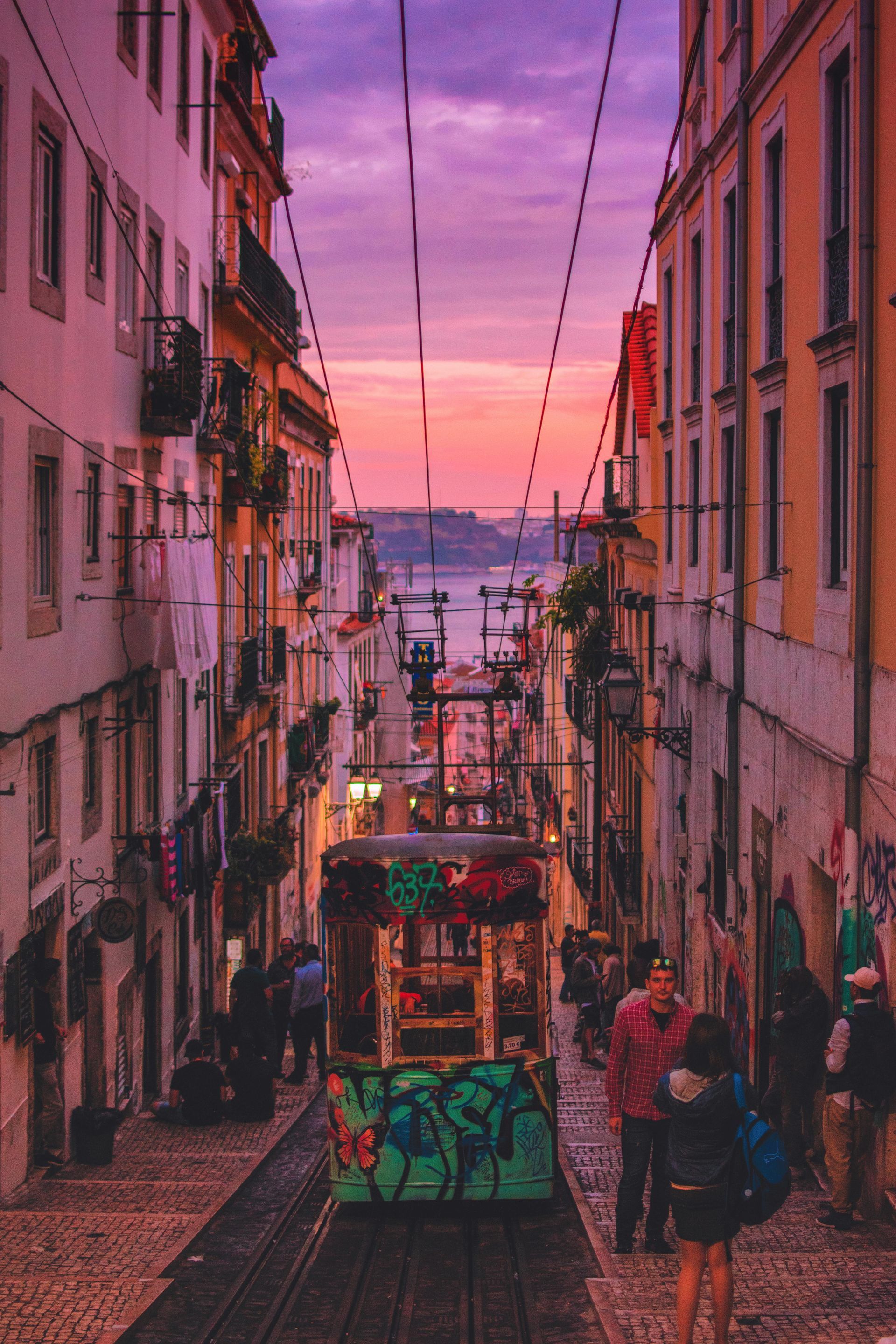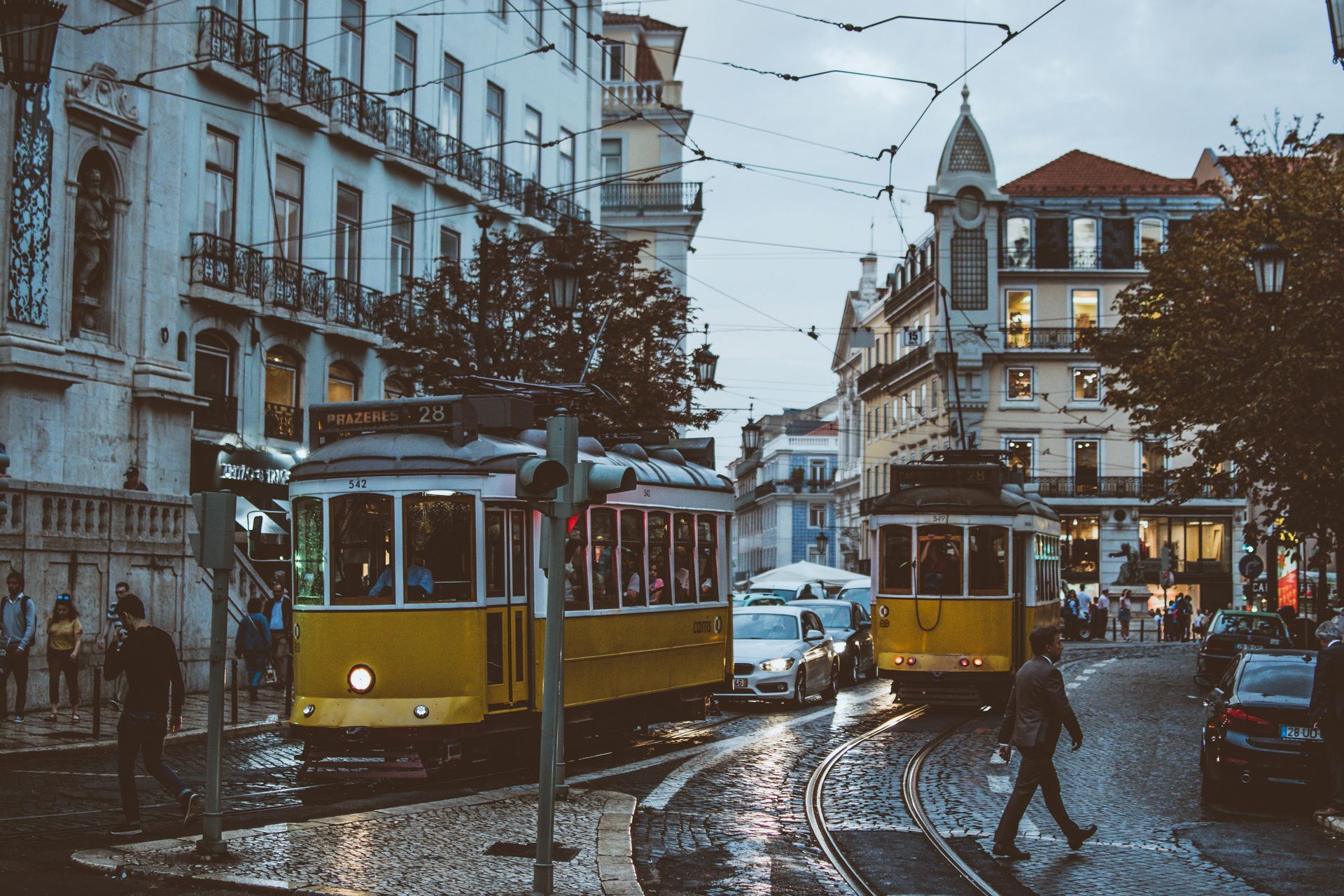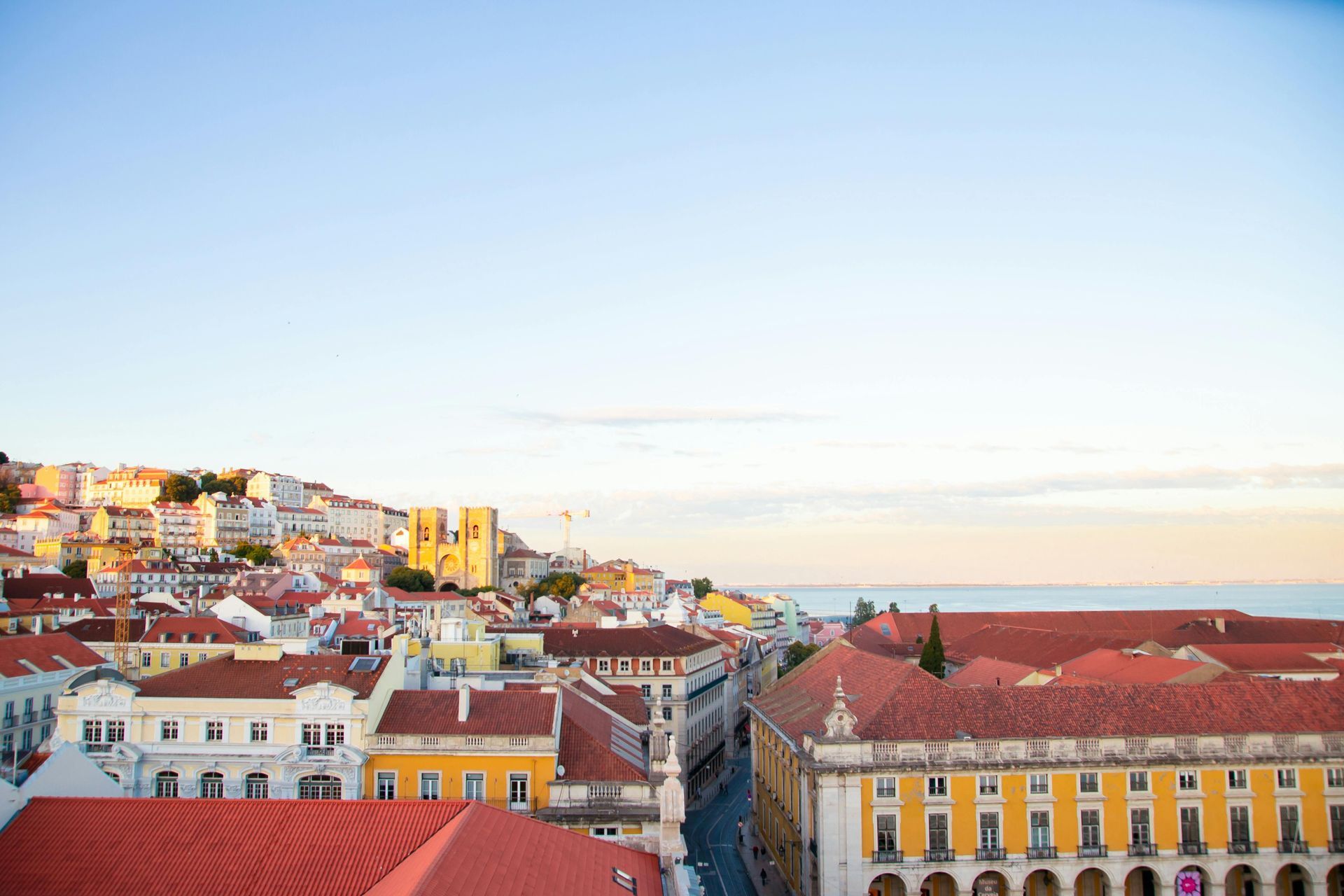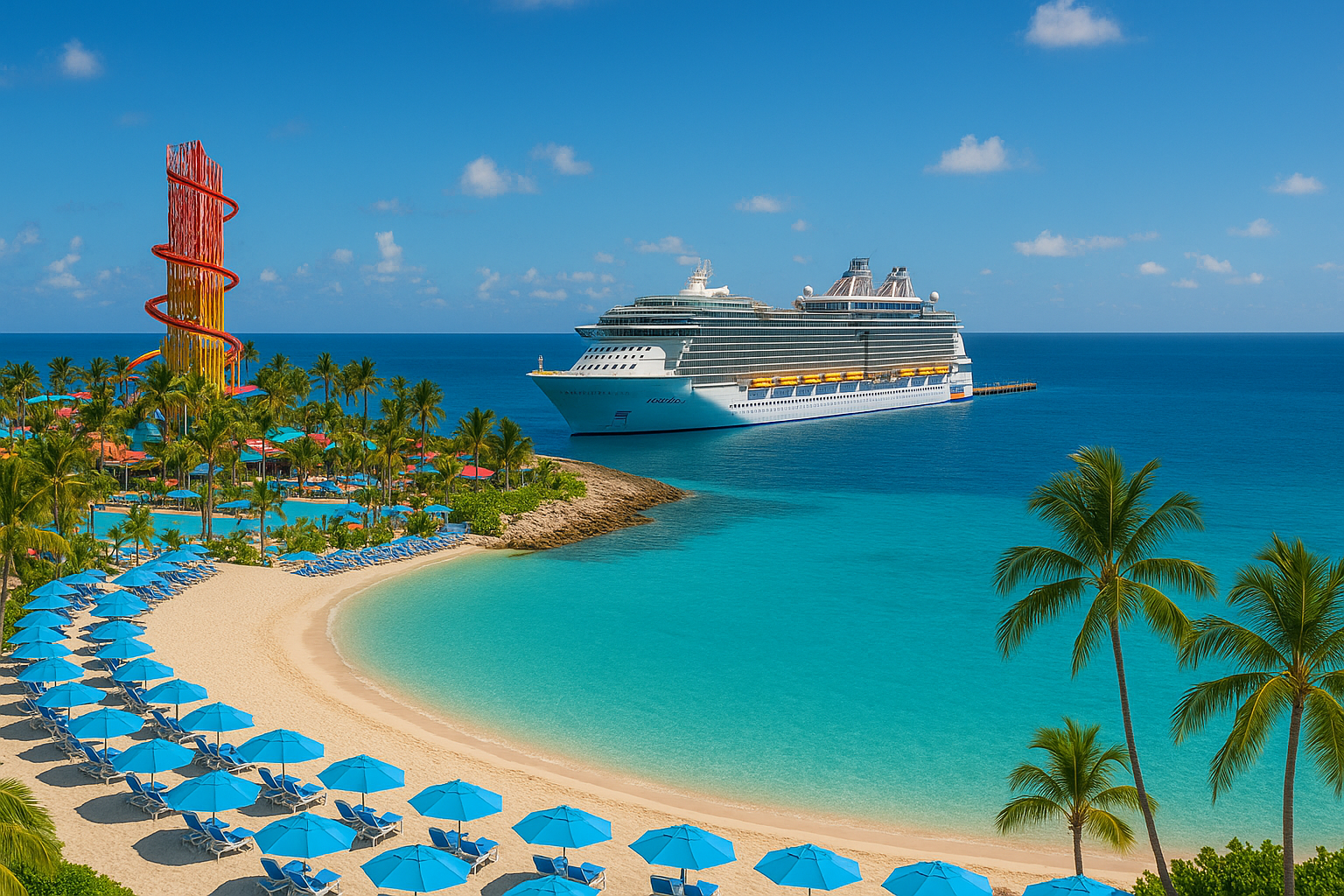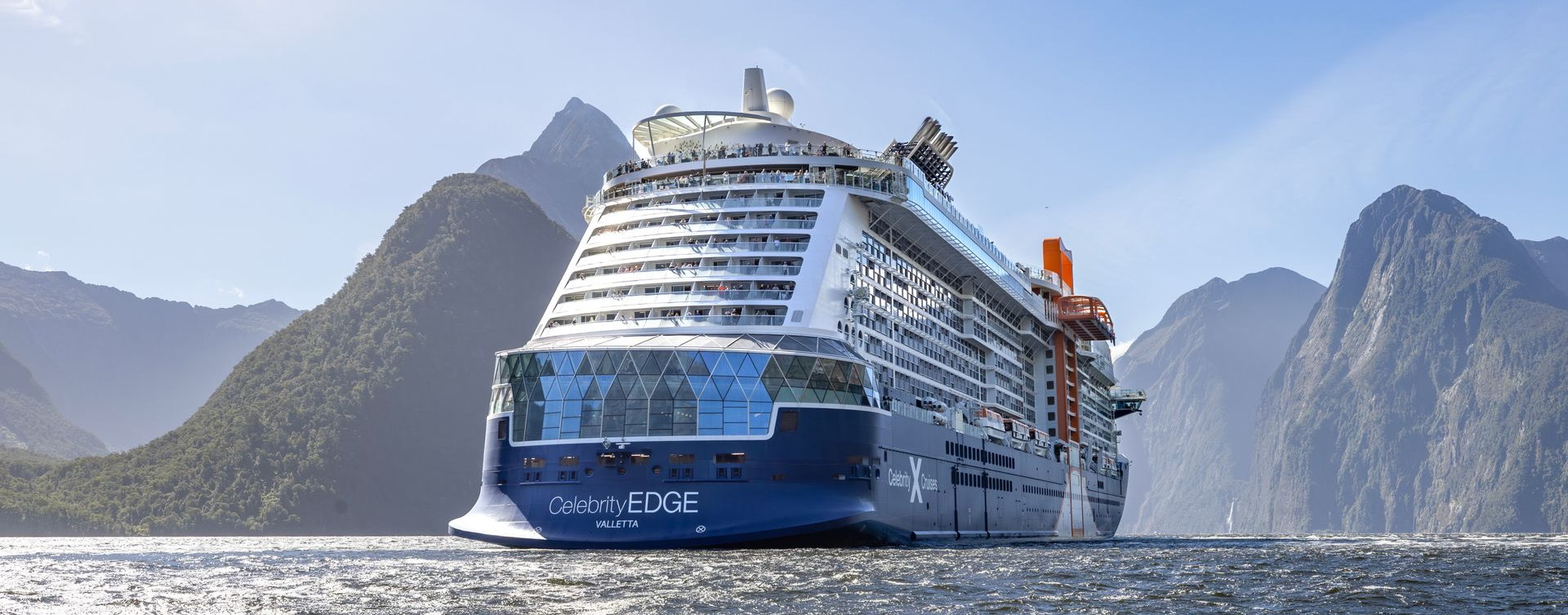LGBT Travel Guide to Porto & Lisbon: Pride, Nightlife & Culture in Portugal
If Lisbon is the party, Porto is the afterglow.
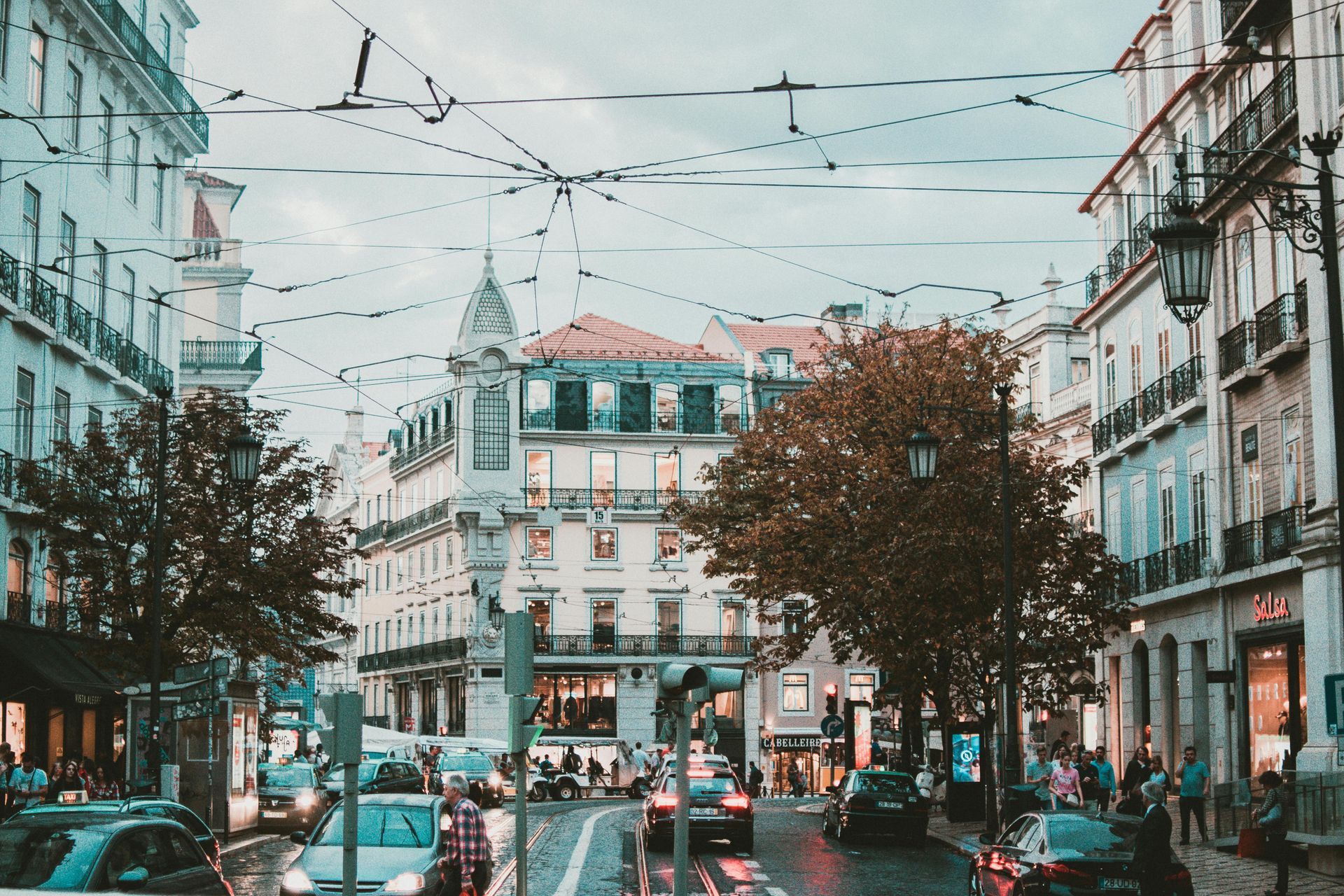
Portugal has emerged as one of Europe’s most progressive and welcoming destinations for LGBT+ travelers. Once known mainly for its maritime history and fado music, the country is now equally celebrated for its inclusive policies, creative urban life, and thriving queer community. At the heart of this cultural renaissance are Lisbon and Porto, Portugal’s two largest cities, which together offer a perfect blend of old-world charm and modern vibrancy.
Lisbon enchants with sunlit plazas, azulejo-tiled facades, and hills that open onto sweeping views of the Tagus River. Its nightlife is legendary, pulsing with clubs, drag shows, and Pride celebrations that rival the biggest European capitals. Porto, by contrast, feels more intimate: cobblestoned streets spill down toward the Douro River, port wine cellars line the hillsides, and a burgeoning creative scene keeps the city youthful and experimental.4
For queer travelers, these cities offer both safety and joy. Visible rainbow flags fly over cafés, bookstores, and boutique hotels. Pride festivals take over city squares each summer. And perhaps most importantly, Portugal’s legal protections and cultural openness mean that visitors can experience these cities authentically, without hiding their identities.
Quick Facts
Portugal consistently ranks among the safest and most inclusive destinations for LGBT+ people worldwide. The country legalized same-sex marriage in 2010 and has strong anti-discrimination laws that protect both sexual orientation and gender identity. Adoption by same-sex couples is legal, and trans people can change legal documents without invasive medical requirements. Portuguese is the official language, but English is widely spoken in tourist areas, particularly in Lisbon and Porto. The euro is the local currency, and travelers will find that both cities are affordable compared to other major European capitals. The best times to visit are in late spring and early autumn, when the weather is warm but not overwhelming and crowds are more manageable. Public transportation in both cities is efficient, and trains connect Lisbon and Porto in about three hours.
Why Go
Few countries blend tradition and modern inclusivity as seamlessly as Portugal. For queer travelers, the draw isn’t just the nightlife—it’s the sense of belonging that permeates everyday experiences. Lisbon offers a metropolitan energy filled with art museums, music, and architecture, while Porto allows for a slower rhythm with riverside strolls, wine tastings, and contemporary art. Both cities have thriving queer-owned businesses, strong Pride movements, and welcoming communities. Visitors will find themselves in spaces where rainbow flags aren’t hidden away but celebrated openly, where locals greet travelers with warmth, and where diversity is part of the everyday cultural fabric.
Best Neighborhoods for LGBT Travelers
Lisbon’s Príncipe Real is often described as the city’s “gayborhood,” a stylish and central district filled with design boutiques, rainbow cafés, and queer-owned businesses. Its leafy garden, Jardim do Príncipe Real, often hosts open-air markets and events that draw a diverse crowd. Nearby Bairro Alto is the city’s nightlife core, a maze of cobbled lanes that bursts into life after dark with small bars spilling onto the streets. Just down the hill, Cais do Sodré has transformed from a former red-light district into one of Lisbon’s trendiest areas, full of inclusive clubs and live music venues.
In Porto, the queer nightlife scene is concentrated in the downtown district, particularly along Rua Galeria de Paris and Rua Cândido dos Reis. This central location makes it easy to hop between venues. The Ribeira district, a UNESCO World Heritage area, offers romantic riverside views that are perfect for couples, while Cedofeita is Porto’s artsy neighborhood, full of galleries, vintage stores, and concept shops that welcome a queer-friendly crowd.
Top Experiences & Nightlife
Lisbon’s nightlife is one of the strongest draws for LGBT+ travelers. The legendary Trumps club is the city’s most famous gay venue, renowned for its high-energy themed nights, drag performances, and packed dance floors that run into the early morning. Finalmente Club has been a queer institution since the 1970s and remains a beloved space for nightly drag shows that celebrate the city’s LGBTQIA+ creativity. Bar 106 offers a more relaxed atmosphere with great cocktails and friendly faces, while Shelter Bar provides a cozy neighborhood hangout popular with both locals and visitors. For those who prefer a mixed crowd, Purex Club in Cais do Sodré offers an alternative, artsy vibe that still feels inclusive and welcoming.
Porto may have a smaller scene, but its nightlife is just as vibrant. Zoom Porto is the city’s main gay dance club, with drag shows and weekend parties that attract a diverse crowd. Café Lusitano, housed in a former pharmacy, has a chic interior and serves as a stylish cocktail lounge. Conceição 35 is a lively spot known for karaoke nights and themed events, while Pride Bar is a casual and friendly gathering place, often a first stop before moving on to Zoom. In both cities, nightlife starts late, with bars filling up around 11 pm and clubs coming alive after 1 am.
Historical Sites to See
Lisbon’s historical attractions showcase the country’s storied past. Belém Tower and the Jerónimos Monastery, both UNESCO World Heritage Sites, highlight Portugal’s role in the Age of Discovery. The Alfama district, with its narrow alleys and hillside viewpoints, preserves the essence of old Lisbon and is home to traditional fado music houses. Castelo de São Jorge, perched on a hilltop, offers panoramic views over the city and a glimpse into Lisbon’s medieval history.
Porto, too, is steeped in history. The Dom Luís I Bridge, designed by a disciple of Gustave Eiffel, is an architectural icon and a favorite spot for sunset views. Clérigos Tower provides a breathtaking 360-degree view after a climb up its 200-plus steps. The Livraria Lello, one of the world’s most beautiful bookstores, enchants with its neo-Gothic design and is said to have inspired J.K. Rowling during her time in the city.
Cultural Experiences
Both Lisbon and Porto are cultural hubs that embrace innovation and inclusivity. In Lisbon, the Museum of Art, Architecture and Technology (MAAT) blends futuristic design with contemporary exhibitions, while the Calouste Gulbenkian Museum houses one of Europe’s most impressive private art collections. Lisbon is also home to Queer Lisboa, one of Europe’s longest-running LGBT+ film festivals, which transforms the city each autumn with international screenings and discussions.
In Porto, the Serralves Museum of Contemporary Art anchors the city’s cultural life. Designed by architect Álvaro Siza Vieira, the museum is surrounded by lush gardens and regularly hosts installations and performances. Queer Porto, the sister event to Queer Lisboa, brings queer cinema and cultural discussions to the city every autumn, adding to its artistic vibrancy.
Eat & Drink
Queer travelers will find plenty of inclusive places to eat and drink in both cities. In Lisbon, The Late Birds Guesthouse is not just a boutique hotel but also a queer-owned venue with a cocktail lounge and lush garden where locals and travelers mingle. Foxtrot Bar, a Lisbon institution with art deco décor, is welcoming and atmospheric, while Café Príncipe Real offers stylish dining in the heart of the gayborhood. Foodies shouldn’t miss the Mercado da Ribeira, also known as the Time Out Market, where dozens of Lisbon’s best chefs serve small plates under one roof.
In Porto, daytime explorations often begin at Café Progresso, one of the city’s oldest cafés that has become a queer-friendly coffee spot. Maus Hábitos is a hybrid space where visitors can eat, see art exhibitions, and enjoy live music in an alternative, inclusive environment. For traditional flavors, Brasão Cervejaria Aliados serves the famous francesinha sandwich, a local indulgence. Base Porto, an open-air garden bar near Clérigos Tower, is perfect for sundown drinks and is popular with a mixed, inclusive crowd.
Safety, Laws & Etiquette
Portugal is one of Europe’s safest and most progressive countries for LGBT+ people. Same-sex couples enjoy equal rights, trans people are legally recognized without onerous restrictions, and public expressions of affection are widely accepted in urban centers like Lisbon and Porto. Discrimination does still exist, particularly in rural areas where conservative attitudes may linger, but overt hostility is rare. Visitors will notice gender-neutral bathrooms becoming more common in modern venues, and queer travelers of color and trans travelers report a generally safe environment, though it is always wise to exercise the same caution one would in any large city.
For up-to-date legal and community resources, travelers can consult ILGA Portugal and the official Visit Portugal tourism site, both of which provide reliable guidance for queer travelers.
Events & Pride
Lisbon’s Pride celebration, known as Arraial Lisboa Pride, is the country’s largest LGBT+ event. Held in June in Terreiro do Paço, it attracts tens of thousands for open-air concerts, drag performances, and community gatherings. Separate from this festival, the Lisboa Pride March takes a more political tone, advocating for visibility and equal rights through a lively demonstration across the city.
Porto Pride takes place in July and, while smaller in scale, offers an equally spirited celebration with a parade and concerts that bring together the city’s community. Both cities also host annual queer film festivals: Queer Lisboa, which is one of Europe’s most established, and Queer Porto, its younger counterpart. Niche events such as Lisbon Bear Pride also draw international crowds, showing the diversity of queer culture across Portugal.
Plan It
Traveling to Lisbon and Porto is straightforward. Lisbon Airport is the main international gateway, with direct flights from North America, South America, and across Europe. Porto Airport, while smaller, offers excellent European connections and is often used by budget airlines. Trains between the two cities run frequently, cost around €25, and take about three hours. The high-speed Alfa Pendular train is the most comfortable option.
Within Lisbon, public transportation includes a metro system, trams, buses, and ferries across the Tagus River. Tram 28 is particularly popular with tourists, winding through many of the city’s historic districts. Porto’s metro connects the airport to the city center, and its funiculars make climbing the steep hills much easier. Both cities are walkable, though Lisbon’s hills can be challenging.
In terms of budget, mid-range hotels typically cost between €100 and €150 per night, with boutique queer-owned stays such as The Late Birds at the higher end. Meals can be very affordable: traditional tascas, or small eateries, often serve full meals for less than €15. Nightlife is reasonably priced, with drinks averaging €5 to €10 and club entry fees between €10 and €20. For Pride weekends and summer months, booking accommodation at least four to six months in advance is recommended. Off-season travel between November and March offers lower prices, though rain is more frequent.
Suggested Itinerary: 7–10 Days in Lisbon & Porto
Many travelers combine Lisbon and Porto into one trip, balancing the big-city energy of the capital with Porto’s slower charm. A week to ten days allows for a full experience without feeling rushed.
Begin in Lisbon, where most international flights arrive. On the first day, ease into the city by exploring the Alfama district. Wander its winding alleys, stop at a miradouro such as Miradouro de Santa Luzia, and perhaps enjoy a traditional fado performance in the evening. This neighborhood captures Lisbon’s historic soul and sets the tone for the days ahead.
On the second day, head to Belém to visit the Jerónimos Monastery and Belém Tower. Don’t miss the famous Pastéis de Belém bakery for a custard tart fresh from the oven. In the afternoon, the MAAT museum and riverside promenade offer contemporary culture against a historic backdrop. Evening is the time to dip into Príncipe Real, enjoying dinner at a queer-friendly restaurant before moving between bars like Shelter or Bar 106.
Day three is perfect for Bairro Alto. Spend the day exploring Lisbon’s modern neighborhoods such as Chiado for shopping and Baixa for grand squares, then prepare for a long night. Bairro Alto’s bars and clubs, especially Trumps and Finalmente Club, keep the queer scene thriving until dawn.
On day four, take the train north to Porto. Consider stopping along the way in Coimbra, a historic university town with a lively cultural scene, or Aveiro, sometimes called the “Venice of Portugal” for its canals. Arrive in Porto by evening and settle into the Ribeira district for a riverside dinner with Douro views.
Day five can be devoted to Porto’s historic center. Visit Clérigos Tower for panoramic views, explore the elegant Livraria Lello bookstore, and cross the Dom Luís I Bridge for iconic cityscapes. In the evening, discover Porto’s nightlife beginning at Pride Bar and ending with dancing at Zoom Porto.
Dedicate the sixth day to culture by visiting the Serralves Museum of Contemporary Art and its gardens. In the afternoon, explore Cedofeita’s galleries and boutiques, then enjoy cocktails at Café Lusitano.
On day seven, take a day trip to the Douro Valley, one of the world’s oldest wine regions. Queer-friendly tour operators are increasingly available, and the rolling hills and river cruises make this excursion an unforgettable highlight. Return to Porto for a low-key evening, perhaps at Base Porto, an open-air garden bar.
For travelers extending to ten days, there are several options. Spend another day in Lisbon revisiting favorite spots or exploring less-visited neighborhoods such as Mouraria, rich in multicultural influences. Alternatively, take a day trip from Lisbon to Sintra, where colorful palaces and misty forests create a fairytale escape. From Porto, a day trip to the Atlantic coast towns of Matosinhos or Vila do Conde offers beach time with fewer crowds than southern Portugal.
Where to Stay: Queer-Friendly Hotels
In Lisbon, The Late Birds Guesthouse stands out as one of the city’s most beloved queer-owned boutique hotels. With a lush garden, pool, and stylish rooms, it feels like a sanctuary in the heart of Príncipe Real. For those who want a more luxurious stay, Memmo Príncipe Real offers stunning views, modern design, and a reputation for inclusivity. Budget-conscious travelers can try Lost Lisbon, a quirky and welcoming guesthouse with a youthful atmosphere and central location.
In Porto, Rosa Et Al Townhouse is a queer-owned boutique property blending historic charm with contemporary design. Its artistic flair and warm hospitality make it a favorite among queer travelers. Moov Hotel Porto Centro, housed in a former cinema, provides an affordable and stylish option in the city center. For riverside romance, Pestana Vintage Porto offers luxury accommodations with direct views of the Douro.
Final Word
Lisbon and Porto together create a travel experience that celebrates history, diversity, and queerness in equal measure. For LGBT+ travelers, these cities are not just safe—they are celebratory, offering spaces to connect, dance, love, and belong. With a thoughtfully planned itinerary, visitors can balance historic exploration with queer nightlife, wine tastings with political marches, and quiet riverside walks with drag shows that run until sunrise.
Portugal’s open embrace of diversity ensures that every traveler, whether solo, partnered, trans, of color, disabled, or traveling with chosen family, can find both joy and belonging here. Whether sipping port wine by the Douro, attending a queer film festival, or holding hands on a tram ride through Lisbon, queer travelers will find Portugal not only accepting but radiant.
